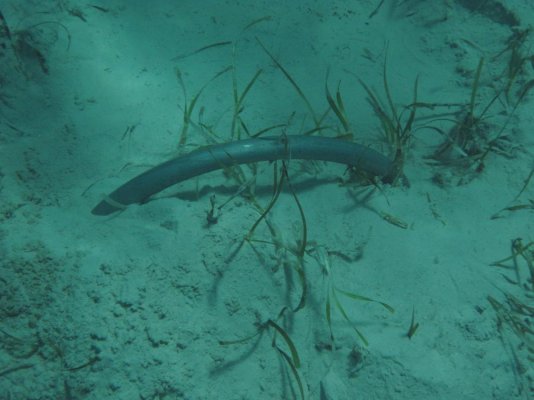Nomad Willy
Guru
Certain anchors get most of the attention both good and bad.
When the Boss first came out I was very impressed and expected great performances but it seemed to Peter out. And then it went dead ... at least as far as I knew. Now I see more and more of them. I saw one on a GB in Seattle and yesterday in LaConner. Both looked big.
I'm in the process of modifing my Manson Supreme and what I have planed will change the Supreme into something that will look surprisingly like the Boss.
There must be TF members here w a boss anchor that could tell us something about it. Many have been asking for real world input. What is out there on the Boss.
When the Boss first came out I was very impressed and expected great performances but it seemed to Peter out. And then it went dead ... at least as far as I knew. Now I see more and more of them. I saw one on a GB in Seattle and yesterday in LaConner. Both looked big.
I'm in the process of modifing my Manson Supreme and what I have planed will change the Supreme into something that will look surprisingly like the Boss.
There must be TF members here w a boss anchor that could tell us something about it. Many have been asking for real world input. What is out there on the Boss.


